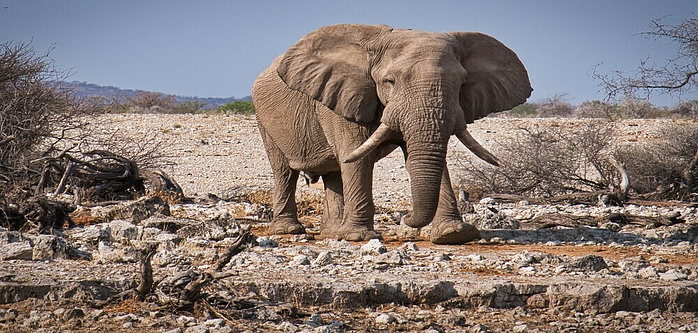Top National Parks For Wildlife Photography
 **Introduction**
**Introduction**
Wildlife photography is a captivating pursuit that allows us to connect with the natural world on a deeper level. There’s something truly magical about capturing the beauty and grace of animals in their natural habitats. National parks are often the perfect settings for wildlife photography, providing sanctuary to a wide variety of species and breathtaking landscapes. In this blog post, we’ll explore the enchantment of wildlife photography in national parks and highlight some of the best parks around the world for this purpose.
**Importance of Biodiversity and Natural Habitats for Wildlife Photography**
Biodiversity is the cornerstone of wildlife photography. National parks, with their diverse ecosystems and protected environments, offer photographers the chance to capture an array of species in their natural habitats. These parks serve as critical conservation areas, preserving the delicate balance of ecosystems and safeguarding endangered species.
**Criteria for Selecting a National Park for Photography**
Choosing the right national park for wildlife photography is crucial for a successful experience. Consider the following criteria:
1. **Species Variety:** Look for parks that host a wide range of wildlife species, from large mammals to birds, reptiles, and insects.
2. **Accessibility:** Accessibility to wildlife areas is essential. Ensure that the park provides opportunities to get up close and personal with the subjects without causing harm.
3. **Conservation Status:** Parks actively engaged in wildlife conservation are often the best places to capture rare or endangered species.
**Capturing the Wild: Top National Parks for Diverse Wildlife**
1. **Yellowstone National Park (USA): A Haven for Megafauna**
Yellowstone is home to iconic megafauna like grizzly bears, wolves, bison, and elk. Its diverse ecosystems, including geothermal features, provide a unique backdrop for wildlife photography. Spring and early summer are great times to capture newborn animals, while autumn showcases stunning landscapes.
2. **Serengeti National Park (Tanzania): The Epitome of Wild Africa**
The Serengeti offers unparalleled opportunities to photograph Africa’s Big Five (lion, leopard, elephant, buffalo, and rhinoceros). The annual Great Migration of wildebeest and zebras across the plains is a spectacle like no other, making it a must-visit destination for wildlife photographers.
3. **Kanha National Park (India): Tracking Tigers in India**
Kanha is one of India’s premier tiger reserves and a fantastic location for tiger photography. Apart from tigers, you can also capture leopards, wild dogs, and a variety of deer species. Visit during the dry winter months for optimal visibility.
**Photography Ethics and Conservation**
Wildlife photography comes with a responsibility to respect and protect our subjects. Understand the impact of photography on wildlife, follow ethical guidelines (such as maintaining a safe distance), and consider how you can contribute to conservation and local communities.
**Gearing Up for the Adventure: Tips and Equipment Essentials**
1. **Recommended Camera Gear and Lenses:** Invest in a good DSLR or mirrorless camera with fast autofocus capabilities. Zoom lenses with a broad focal range are ideal for wildlife photography, and a sturdy tripod is essential for stability.
2. **Patience and Preparation:** Wildlife photography often requires waiting for the perfect shot. Be prepared for long hours in the field and carry adequate supplies.
3. **Safety and Park Regulations:** Always prioritize safety and follow park regulations. Avoid disturbing the animals or their habitats, and respect the natural environment.
**Workshops and Guided Tours**
Consider joining wildlife photography workshops or guided tours in national parks. These experiences can enhance your skills, provide access to hidden gems, and ensure you make the most of your photography adventure.
Conclusion
In conclusion, national parks are treasure troves for wildlife photographers, offering a chance to capture the wonders of the natural world. By choosing the right park, practicing ethical photography, and contributing to conservation efforts, you can create stunning images while ensuring the well-being of the magnificent creatures you encounter. So, grab your camera gear, head to these top national parks, and let the wild enchantment of wildlife photography begin.

